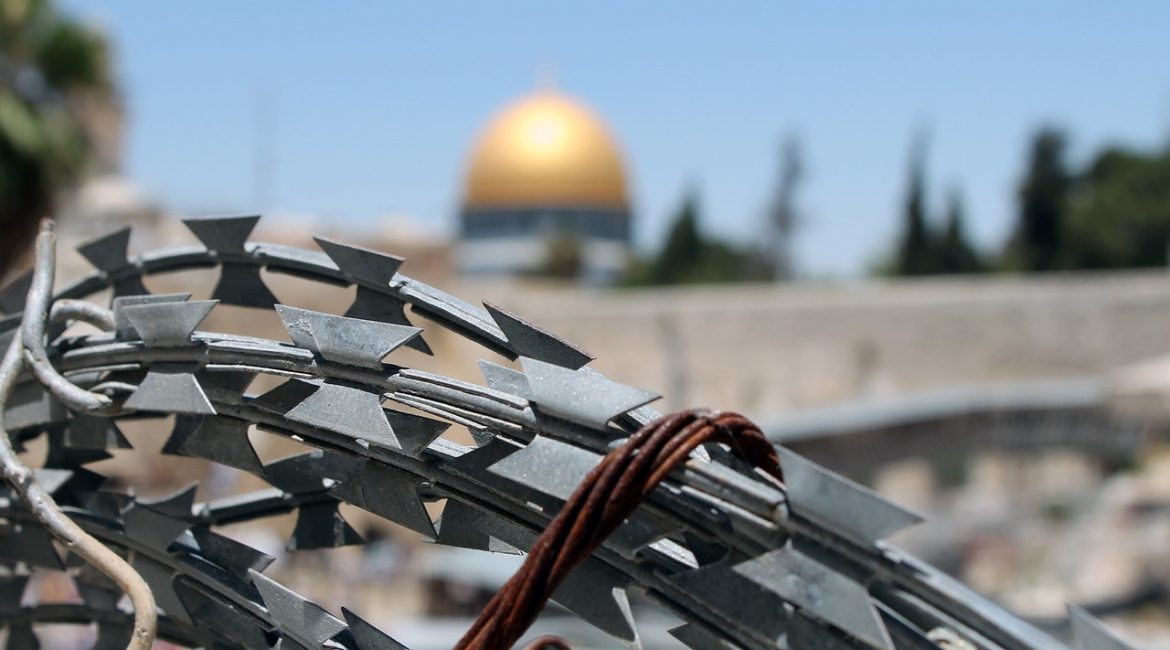The question that is seriously being asked today is: Do the Israeli government and its military establishment really want to liquidate Hamas?
The Israeli leaders know very well that “eliminating Hamas” is an unrealistic and perhaps unachievable goal. The Palestinian movement is not just a small armed organization that includes 30,000 members. Rather, it represents an ideological movement and has a strong, well-established organization, not only in the Gaza Strip, but also in the West Bank and the diaspora, and has deep roots, including the “Muslim Brotherhood” movement.
The history of Israeli positions toward Hamas has shown a different picture than political discourse, statements, and military operations. In the mid-seventies, when this movement began to take shape in charitable societies in the West Bank and Gaza Strip, the Israeli government, led by Yitzhak Rabin, and its intelligence, were searching for local Palestinian forces to replace the Fatah movement of the Palestine Liberation Organization and accept the “self-administration” project, in order to prevent the establishment of a Palestinian state.
When these associations, led by Sheikh Ahmed Yassin, decided to form the “Hamas” movement, on December 14, 1987, as an Islamic resistance movement, Israel deployed its intelligence forces to follow and monitor this movement and its leaders. Despite Hamas's political program, which does not believe in Israel and calls for its annihilation, Tel Aviv saw this movement as an "important competitor" to the PLO, and began directing blows at it to keep it under control. Thus, it arrested Sheikh Yassin along with hundreds of members of the movement in 1989. When Hamas kidnapped an Israeli soldier for the purpose of negotiating the release of Sheikh Yassin in 1992, Israel responded by launching a massive arrest campaign in the West Bank and Gaza Strip.
The conflict escalated in subsequent years between Hamas and Israel, which witnessed major bombing operations carried out by Hamas members and other factions. At the same time, Israel continued to pursue Hamas leaders. In 1997, Netanyahu ordered the assassination of Khaled Meshal, head of Hamas, in the Jordanian capital. But the attempt failed and the two Mossad agents were arrested. King Hussein forced Israel to spare Mashal's life and requested reconciliation with it to free Sheikh Yassin.
With the outbreak of the Al-Aqsa Intifada (2000), Sheikh Ahmed Yassin and President Yasser Arafat initiated a process of rapprochement between the PLO and Hamas. But in 2004, Israel assassinated Sheikh Yassin, via an Apache helicopter bombing. He was replaced in the leadership of the movement by Dr. Abdel Aziz Rantisi, who also followed the path of Palestinian reconciliation. Israel assassinated him after only one month.
Reconciliation efforts stopped for a while, until elections were held, which Hamas won in 2006. President Mahmoud Abbas recognized the election results and assigned Ismail Haniyeh to form the government. This was a pivotal stage and could have turned into a historic opportunity that would make him a legitimate leader for the Palestinian people. But instead, he chose the path of internal conflict, as he decided to take control of the Gaza Strip, expelled symbols of the Palestinian Authority from the Strip, and killed 160 field commanders from the Fatah movement. Although Hamas continued its resistance, Israel was keen to maintain a reasonable limit in dealing with the movement. So, it decided not to enter into a war with it, or even a war to overthrow its rule, and left it to fight the Palestinian Authority.
Today, it is officially clear that the Israeli government has been encouraging Palestinian division, in order to reduce the status of the Palestinian Authority, weaken it, and refrain from negotiating with it regarding the establishment of a Palestinian state. For its part, Hamas took this threat seriously, and together with its allies in Iran and elsewhere, it worked to strengthen its power and trained for incursions into Israel.
Since Israel itself had entered a state of severe division, due to a government plan that affected the government system and the judicial system, Hamas and its allies saw an opportunity to address a strong military strike inside Israeli ground and fight to liberate the Palestinian prisoners, in the “Al-Aqsa Flood” so-called operation.
But the Hamas operation was marred by major failures. In the attack it carried out on the Gaza Strip, a number of its activists and attackers carried out obscene operations against Israeli civilians. Israel exploited the images of those hideous attacks to mobilize the Israeli public and international public opinion against Hamas, and began waging a destructive war.

